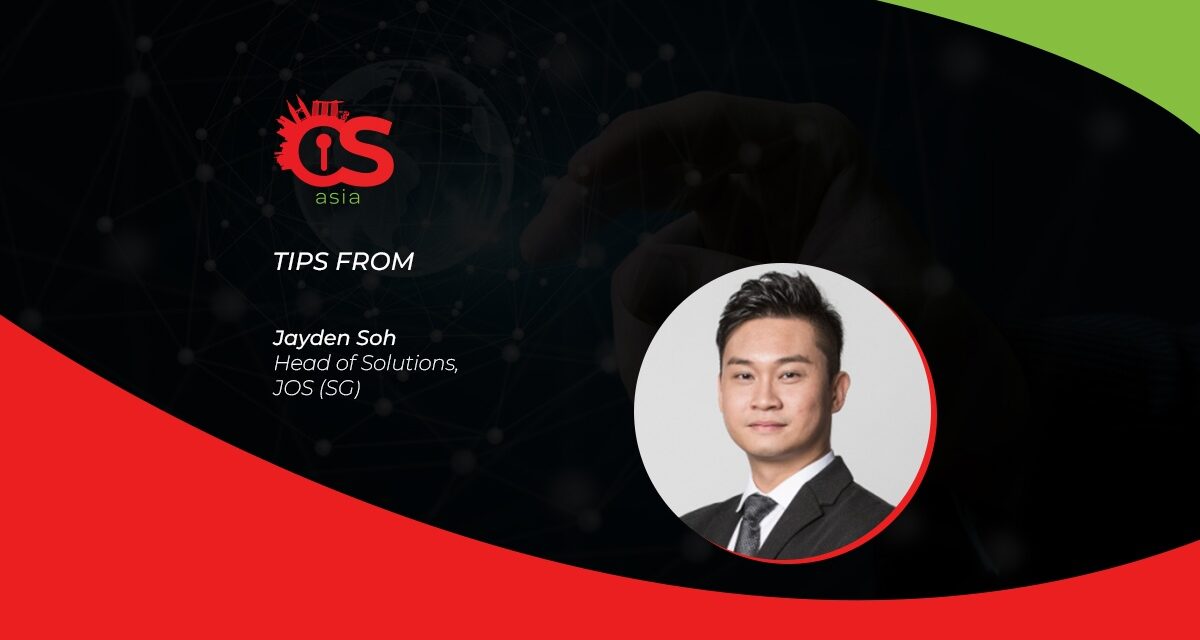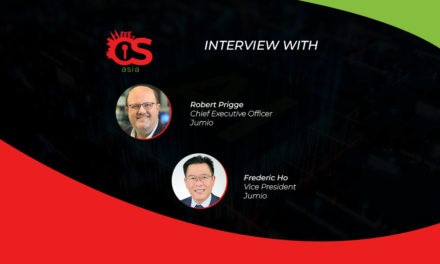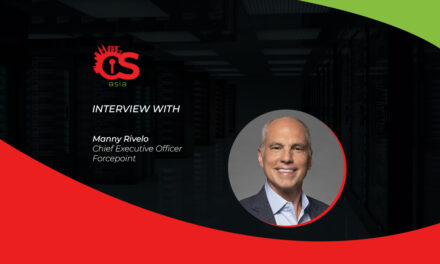Just as cloud security challenges have given rise to greater cyber and data management risks, edge security requires tighter endpoint vigilance
As businesses undergo digital transformation, the increase in the volume and velocity of data directed at the cloud or data center will spur a more decentralized approach to data management, resulting in the rise of edge computing.
This shift in balance between centralized and edge computing can be attributed to a multitude of factors, but the key to this growth is need for lower latency and bandwidth availability as more smart connected devices are put into widespread use. According to IDC research, enterprises are expected to spend US$176bn on edge computing this year, an increase of 14.8% over 2021. By 2025, this figure is set to reach nearly $274bn.
However, by moving business critical workloads and their most sensitive data to the cloud while still enabling access for employees from the edge, security challenges remain prevalent at the endpoint for the remote workforce.
While cloud providers can offer baseline security systems on their platforms and adhere to the necessary cloud compliance standards, businesses must implement security measures to protect their data. After all, the responsibility of data protection still lies with the businesses, regardless of whether the data is at rest or in transit between the cloud and end devices at the edge. In the event of a breach, it will depend on the efforts the businesses have taken to protect their data, in order to minimize the threat and the fine imposed for data breach.

Adopting edge security strategies
Without the perimeter defence available in traditional office networks, endpoint security becomes the top priority for many organizations. Oftentimes, end users are the least-protected link in the network, with common endpoints such as laptops, tables, or mobile devices being the primary targets of a cyberattack, particularly when people are tricked into opening an email attachment or clicking on a malicious links.
To compound matters even further, the attack surface expands in parallel with the number of devices workers are using to access work documents in a hybrid environment, ultimately increasing the same number of potential threat entry points.
Cybersecurity at the edge is more than implementing known and accepted security measures in a key location. Attackers with access to a compromised edge device can gain access to the core of the system, providing them with vast amounts of data. As such, the key to mitigating risks is to manage close to the point of entry — at the edge. Here, security capabilities must include automation to handle threats in real time and prevent serious breaches of organization’s precious data. Also important are zero trust practices.
Zero trust security can ensure more secure authentication and access controls at critical entry points to organizations’ private systems and databases, as it continuously authenticates and verifies the identity of users seeking access, as well as their defined privilege to the data.
Edge-inclusive endpoint security
In confronting the pervasive cyber threats, it is highly critical for organizations to have access to intelligent and adaptive endpoint capabilities in order to safeguard endpoint devices, particularly in identification and mitigation. With that in place, organizations will be able to track and detect how, when, and where the threats are, and possess the ability to mitigate them almost in real-time, ensuring a relentless and proactive approach in cyber defense capabilities.
Especially at a time when malware and cyberattacks are evolving at exponential speed, tighter governance and compliance requirements are causing endpoint protection requirements and solutions to reach a whole new level. In light of this, businesses need to proactively and constantly review their current security policies and framework.
Ultimately, endpoint defense should become the most fundamental security solution that needs to be adaptive to constant change so businesses can transition smoothly into the hybrid workplace.

















